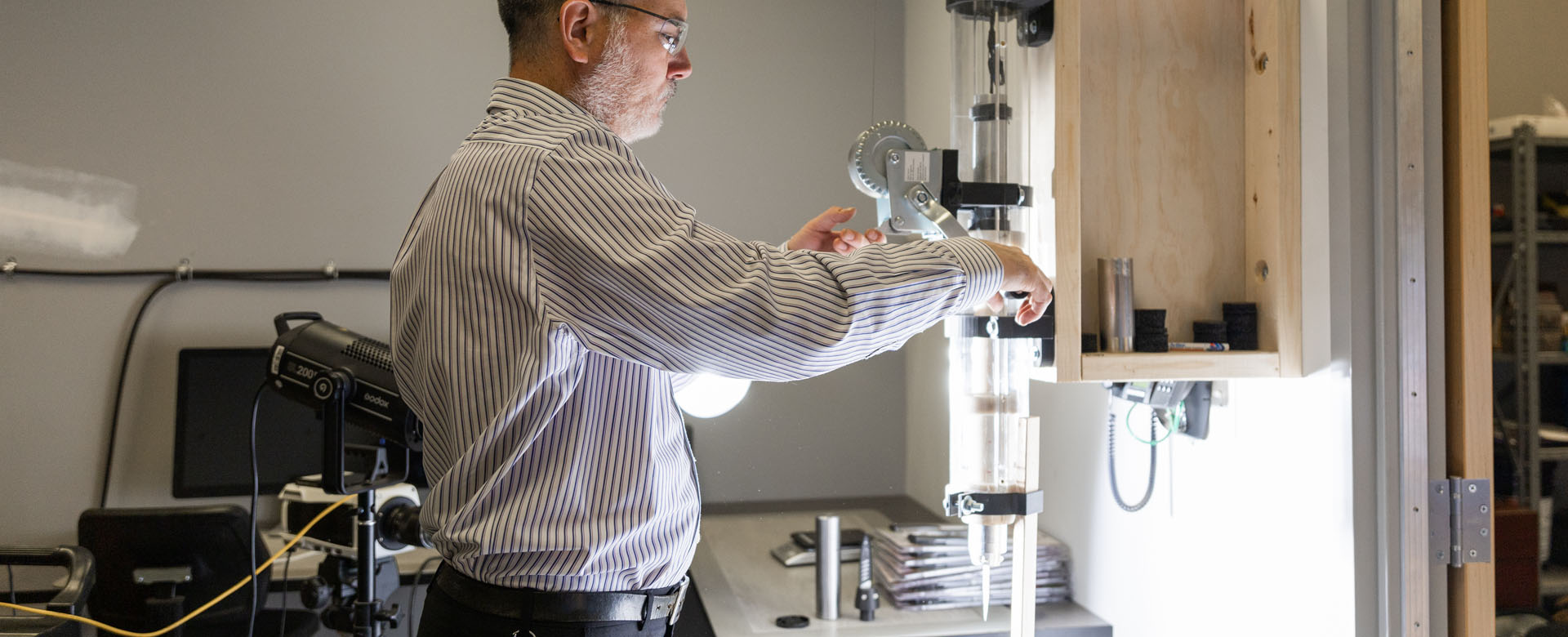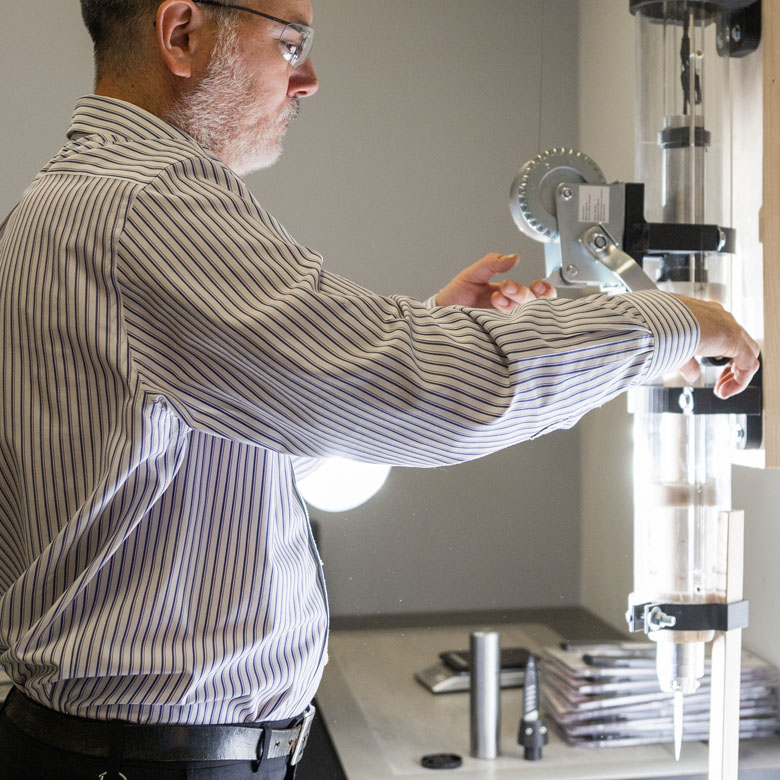Collaboration Facility
INNOVATION PRECINCT 1
- 3D Printing and Scanning
- Augmented Reality / Virtual Reality
- Collaboration Project Space
Impact Research Facility (SIRF)
1652 INNOVATION DRIVE
- Ballistic Testing
- Blast Testing
- Penetration Testing

Airborne Sensing Laboratory
Coming soon

